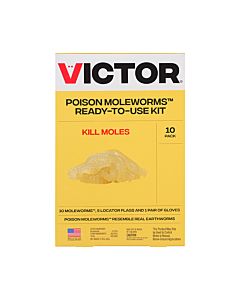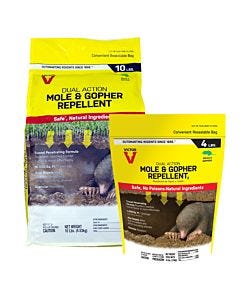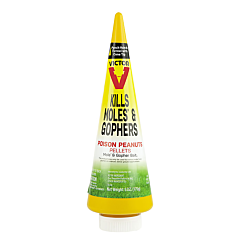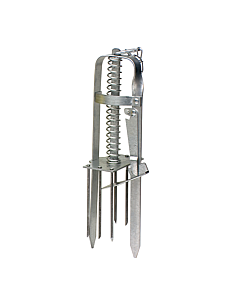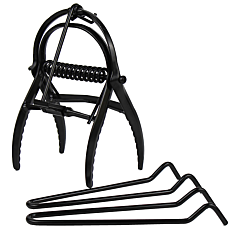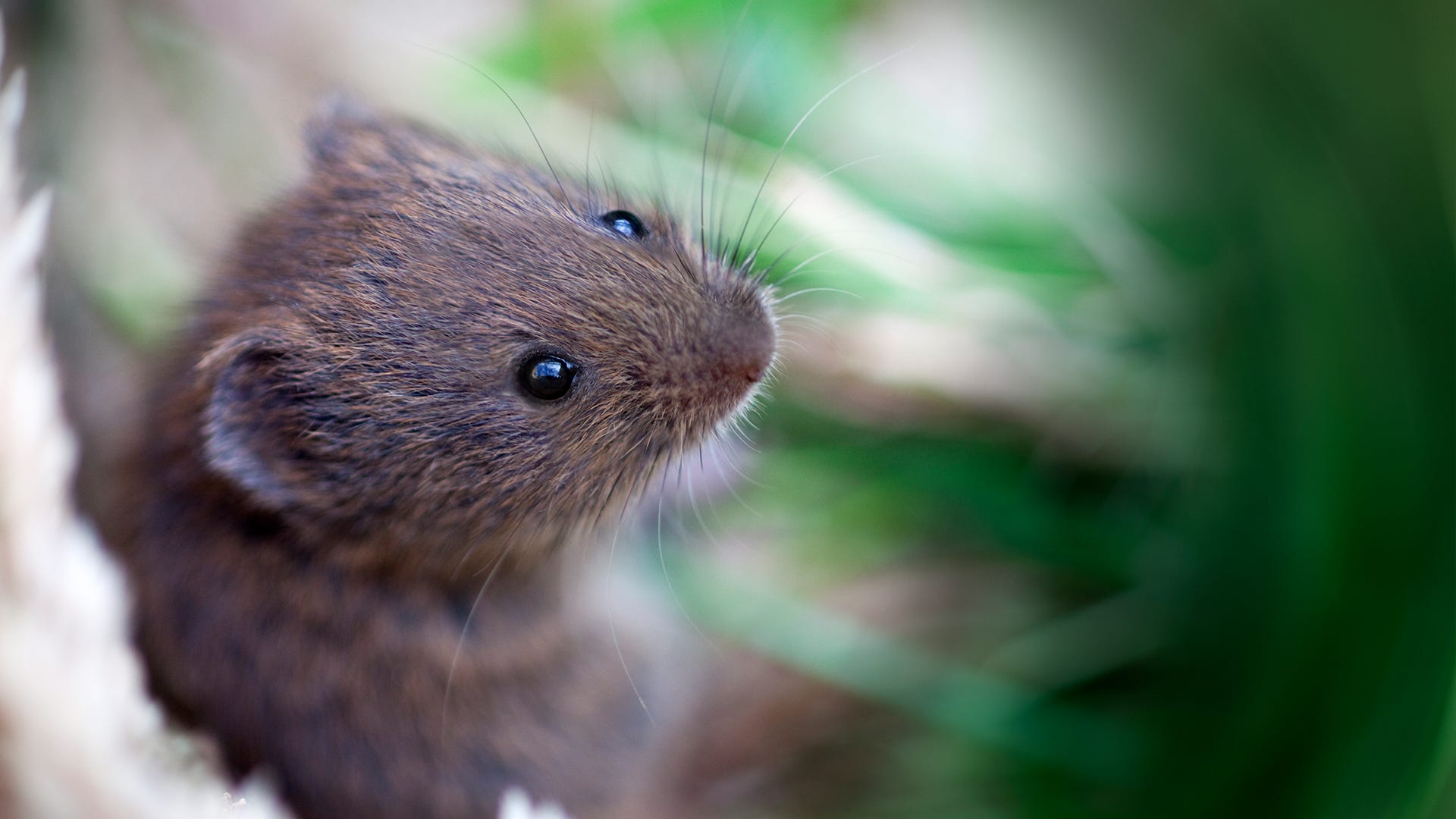
For a rodent that is so widespread and capable of doing extensive damage to trees, lawns, and gardens, it is surprising that the name vole is still relatively unknown. They have even managed to lay the blame for their destructive acts on moles, which do not even eat your plants as voles do! So just what is this sneaky little critter that manages to get away with so much? Read on as we explore the furry little animal known as the vole.
There’s no denying that voles look familiar. Related to hamsters, with which they share some features, they have remained a predominantly wild species that you would not expect to find in pet stores like their cousins. When loose in your yard, they can do damage to trees, lawns, and plants.
A Vole by Any Other Name
Often mistaken for a mouse, it is no wonder that the vole is commonly called a “field mouse” or “meadow mouse.” In fact, although related to mice, they have smaller ears, shorter tails and legs, a blunt nose and stocky bodies. Their exact size and shape will vary depending on which of the 100+ species you are dealing with, as will the habitat in which they may be found. There are prairie voles, meadow voles, water voles, mountain voles, tundra voles and types specific only to certain states.
Physical Details
Although the many types vary in length and color, the average vole is roughly four to eight inches long and has lush brown or gray fur. Weighing in at only a couple of ounces, its lightweight body allows it to move fast for its size, reaching a speed of 6 miles per hour. To satisfy its high metabolism, a vole consumes up to its own weight in food daily.
Lifespan and Reproduction
In the wild, a vole’s life expectancy is typically less than half a year, although it is conceivable that it may live for almost three years in captivity. Able to begin reproducing at about three to four weeks old, female voles may birth a litter every month, their 21-day pregnancy resulting in 3 to 6 babies. The young have it rough, though, as only 10% typically survive past their first week.
So Little Time, So Much Damage
When not utilizing burrows made by moles, voles dig their own and stretch a series of runways across your lawn. Your plants and vegetables are its main course – remember how much it has to eat every day! – and your trees may suffer from girdling. Girdling is when the bark is stripped all the way around, making a ring of exposed wood that can result in the tree’s death.
But all is not lost! Repellents are available that have been proven effective at keeping these and other rodents off your property, and these come in both spray and granular forms. Keeping a tidy yard is also key to protecting it, as eliminating areas of cover will present an unwelcome environment for pests, which will want to avoid being exposed to predators.
Have You Seen a Vole?
If you had a vole encounter share your experience with us on our Facebook page – with photos if you have any! To stay informed on rodent facts like this, subscribe to our eNewsletter for updates on new articles and product announcements!

